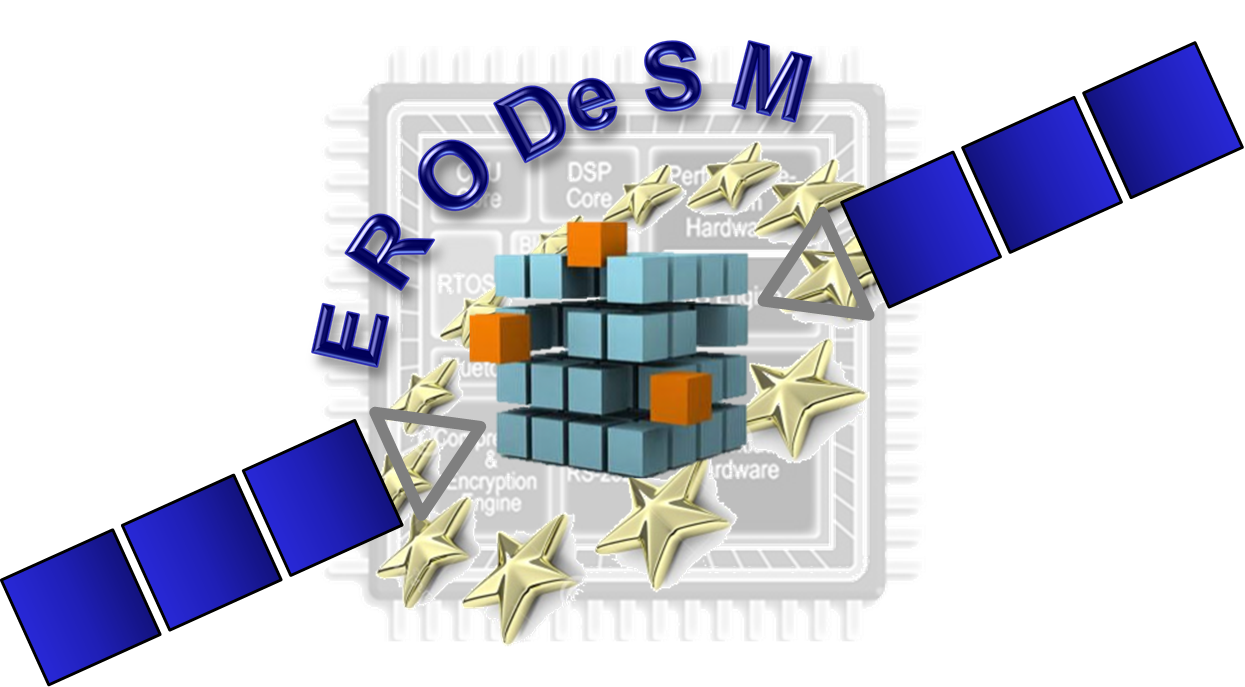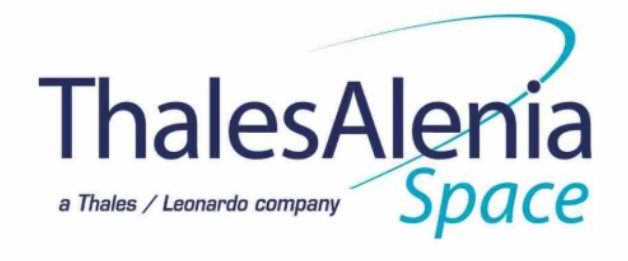
-
StatusCompleted
-
Status date2017-01-16
a) To synthesise the requirements on DSM based components when used for a future generation of OBP-based payload architectures;
b) To validate the benefits of using the DSM technology (i.e. 65 nm or better) for OBP based payloads;
c) To define the associated technological roadmaps.
The stimulus in evolving the on-board processing technology starts from new exigencies of the market and new SATCOM (and not only) missions foreseen in the near future: these are together strictly related!
The first step has been to define the market exigency in term of user and satellite operator requirements, comparing the possible provided satellite services mainly in term of network access with already provided by the terrestrial access network in term of throughput, quality of service (QoS) and costs.
Today the satellite access for data traffic becomes to be convenient in term of costs, but the quality and performances is not comparable with those provided by the terrestrial network (UMTS and related new protocols HSPA, Wi-Fi, WiMAX and the new 4G). On the other side the high performance terrestrial access network, due to the implementation costs are not worldwide extended. Indeed the access infrastructures to access these networks are concentrating in the Western World and in it, mainly, in the large cities. This constitutes part of the so called “Digital Divide” question.
Having available SATCOM systems providing suitable performance at least comparable with the terrestrial ones, with high QoS, flexibility in their configuration and security management and with low ac-cess costs at the final users, it can be possible to reduce a large part of the Digital Divide, increasing the improvement of information technology (IT) availability for a larger part of the world population. This means to improve the knowledge, the culture and the emancipation of the populations of a large part of the World.
Key Requirements and Technologies
For what concern the key requirements that NG-OBP has to address, they can be grouped in four main objectives or actions to be performed:
■ Improvement of Mass, power and cost impact: for the operator all figures of merit shall consider these aspects, which are key issues to the operator. Any reduction in them will improve the figure of merit and push for the adoption of these type of systems by the operator.
■ Improvement of on board reconfigurability: the lack of capability to reconfigure on-board the processing sections is often cited as one of the key drawbacks of On Board Processing. However, not all processing functions (channelization, demodulation, modulation…) have the same requirements in terms of reconfigurability. It is necessary to assess for each of the sections the real needs and to what extent DSM technologies can meet the requirements
■ Adoption of advanced modulation/coding techniques in the case of regenerative solutions, both in forward and return channels.
■ Increased bandwidth per OBP port: as a means to reduce impact, the ability to process higher bandwidths (at least up to 500 MHz) will help OBP adoption. Higher bandwidths per port might imply also simplifications in the analog frequency conversion chains (from RF to baseband and vice versa) which account for a significant share of the final OBP cost.
In the table the principal technologies and related components where the technological gap needs to be filled. Indeed per each of the technologies, the pros and cons are provided and it is possible to conclude that the improvement of the DSM is the mandatory objective to be satisfied.
Processing device types pros and cons
 Processing device types pros and cons
Processing device types pros and cons
Conclusions
Currently the Study is continuing defining the potential (new) technical solutions in implementing an OBP architecture that can satisfy the critical requirements, as summarised in the present paper, in a sort of transversal way, i.e. trying to define all the sub-systems, components and in general technologies shareable between several mission objectives and related architectures. This can be done considering the current technology with its capabilities and limits that justify the effort in implementing a Digital Sub-Micron (DSM) technology at space level (the target in this work is 65 nm but already several activities are in progress to exceed this limit).
The key issues of the Study are:
- To synthesise the requirements on DSM based components for the Next Generation OBP payloads;
- To validate the benefits of using the DSM technology (i.e. 65 nm or better) for OBP based payloads;
- To assess cost/benefit of the technologies;
- To define the technological roadmap.
This study has provided a good contribution in the new generation of the SATCOM payload in view of the implementation of the High Throughput Satellite (HTS) or Terabit systems. Further the improvement of DSM technology impact positively on the other space field as the Earth Observation, the Deep Space and the Navigation providing an easy way to implement processing on-board of the payload thank to the improvement of the components integration scale favouring the actual implementation of the Software Defined Radio, Many-Core Processing, new categories of FPGA and in general programmable components and so on.
The Study activity has been executed along one phase.
The Study is close to the conclusion.





